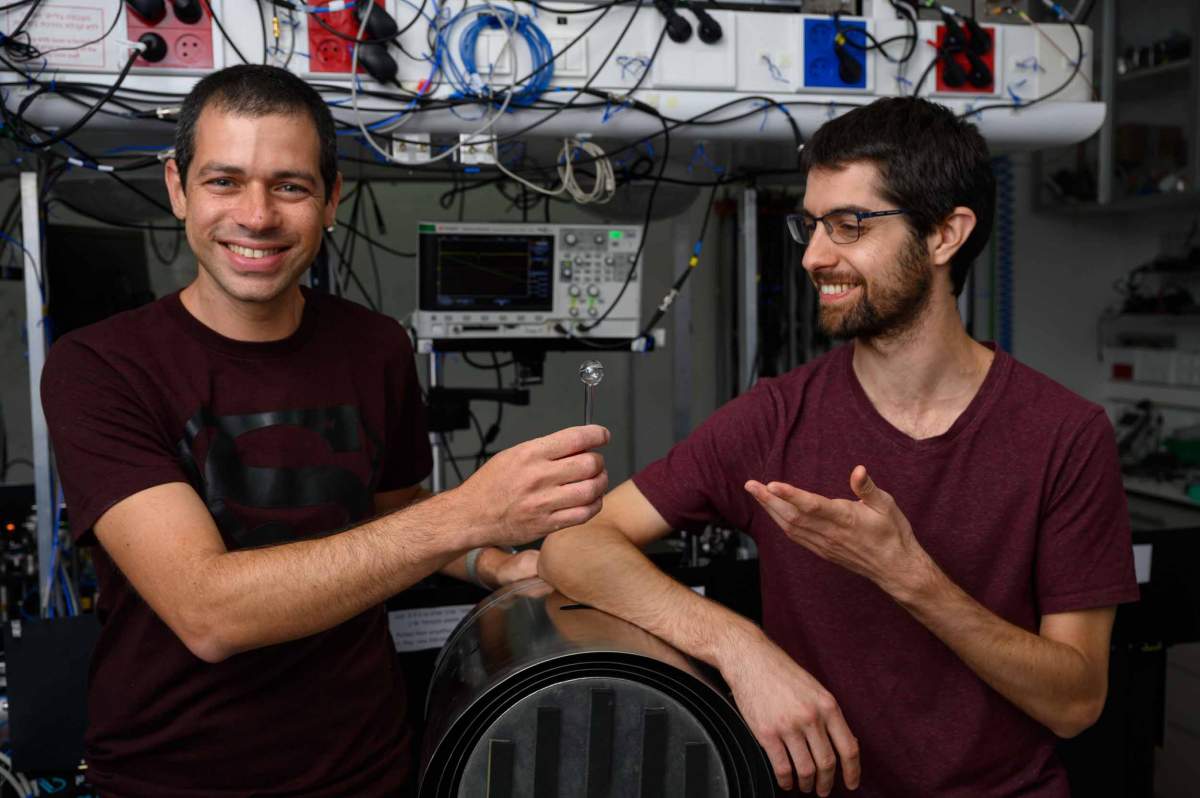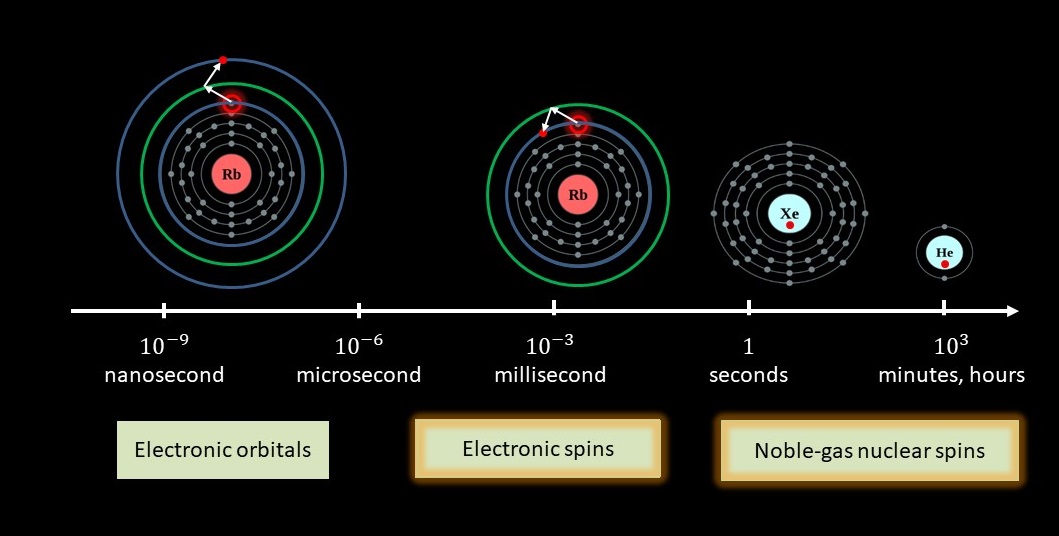Are you a journalist? Please sign up here for our press releases
Subscribe to our monthly newsletter:
Quantum computers have left the realm of pure science fiction and are now the source of countless studies and industry endeavors in some of the world’s biggest technological firms. These computers, still in their conceptual infancy, are expected to process data at a staggering speed and scope that are impossible to achieve with present technologies. They may also help us tackle as-yet unsolved mathematical problems and in general mediate access to quantum reality, which is mostly a theoretical construct today.
While a regular computer operates through “bits,” a memory unit that can exist in either a state of 1 or 0, the units of quantum memory, or qubits, maintain both states at the same time – a phenomenon referred to as “superposition.” One qubit is the equivalent of many regular bits in terms of its processing capacity, but at the same time it is particularly sensitive to its physical environment and therefore loses its stored data in a tiny fraction of a second.

A new study by Dr. Or Katz and Roy Shaham from Dr. Ofer Firstenberg’s group in the Physics of Complex System’s Department at the Weizmann Institute of Science, in collaboration with Rafael Advanced Defense Systems Ltd., offers an innovative way to store data in qubits for much longer periods of time than was previously possible.
Quantum systems, which have been studied for over two decades, are able to store data owing to a unique property of electrons (and other elementary particles, as well as atomic nuclei) – their spins. Spins describe the rotation, or spin, of the electron – the particle surrounding the atomic nucleus – around its axis. When a spin is relatively stable, under well-defined conditions, the electron can be said to spin either clockwise or counterclockwise. Another interesting attribute of spins is that when two atoms collide, their spins either maintain their original directionality or switch directions with one another. In this way, the spin is regarded as a system for data storage: For example, clockwise spins are in this setting 1, and counterclockwise spins, 0.

To transform atomic memory into quantum memory, a laser beam containing a single photon in a state of superposition constitutes the data intended for storage. The laser beam, aimed at a sealed glass cell containing billions of atoms in a gaseous state, changes the spin direction of one electron in one of the atoms comprising the gas – without being detected. Next, the gas atoms can be excited in a way that the electron with the reversed spin will now launch a new photon in the trajectory of the original laser beam but away from its source. This arrangement results in a quantum memory unit with a relatively long lifespan, though it is still very short – no more than several tenths of a second.
Weizmann Institute scientists postulated that using a similar system of photons and gas, which hasn’t been used before for quantum computation, may significantly prolong a qubit’s life span. In this system, the sealed tank contains two types of gases. Alkaline gas, such as rubidium or potassium, is first used to receive the information stored in the photons coming in from the laser beam, and then, through collisions, it is transferred to a rare noble gas such as helium-3.

The electrons of rare noble gases have no spin, yet their atomic nucleus does – one that can maintain its direction for up to several months. To access the stored memory, the alkaline gas is excited after receiving quantum data from the noble gas through collisions, later emitted as photons. In an article published early in 2021, researchers from Firstenberg’s group presented segments of this intricate process and demonstrated the two-way channel between photons and the spin of the atomic nuclei.
The researchers assess that while the transferal of classical information from the electrons of the alkaline gas to the nuclei of the noble gas takes a long time, quantum information transfer will be a considerably speedier process: All that is required, in this case, is the establishment of a communication channel between one photon, one alkaline gas electron, and one atomic nucleus of a noble gas – out of the many that exist in the system. The goal is to ultimately generate a state of superposition, regardless of the colliding atoms’ individual identities. In another recently published study, the team of researchers demonstrated the construction of an optimal system that enables particularly efficient data transfer and that has the potential for generating a stable quantum memory system.
However, the road to full fruition of quantum technology is long. Both theoretical and experimental studies have pushed this innovative concept forward, step by step, to achieve a technological breakthrough for improving the communication between quantum computers through photons. Several other research groups have been following this approach and are facing the great challenge, head on, “to keep the qubit alive.”

Helium-3 has 2 protons and 1 neutron that make it the lightest noble gas with a nuclear spin.
Dr. Ofer Firstenberg's research is supported by the Laboratory in Memory of Leon and Blacky Broder.